Welcome to the Unclassroom
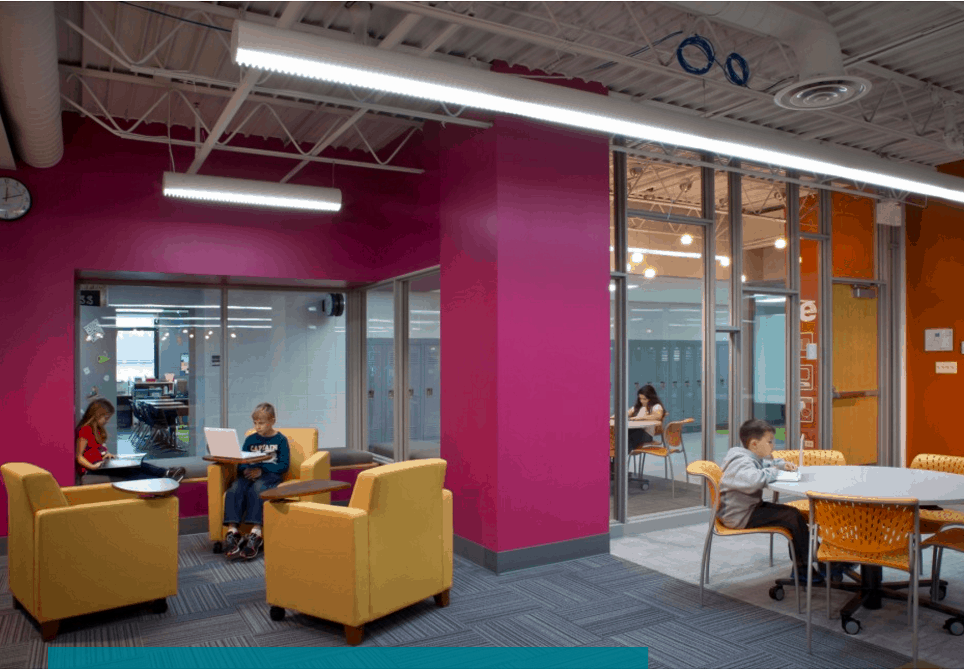
By Dr. Jan Rashid
In 2008, Des Plaines School District 62 was facing a challenge familiar to many districts: trying to offer 21st century learning in schools built for the 20th century.
We sold bonds in order to upgrade our electric, plumbing, heating and air conditioning, but we also wanted to create open learning spaces that encouraged collaborative and innovative use of technology. We asked ourselves, “What can we do that would be forward-thinking, that would allow us not just to build something new, but to create spaces that can change and adapt as technology does?”
Getting Started
In April 2008, we started our master-planning process with community surveys and staff forums to gather input surrounding our buildings and educational needs. We visited other schools to see how they were changing their classrooms. To determine the right technology for us, we met with vendors like Apple and Google to determine what was a “nice to have” and what was a “need to have.”
During a four-year construction process, we made improvements to 13 district buildings and constructed a brand-new Early Learning Center. The first two completed schools, Cumberland Elementary School and Iroquois Community K-8 School, introduced the district to our new Technology Integrated Learning Spaces (TILEs) in the 2010–2011 school year.
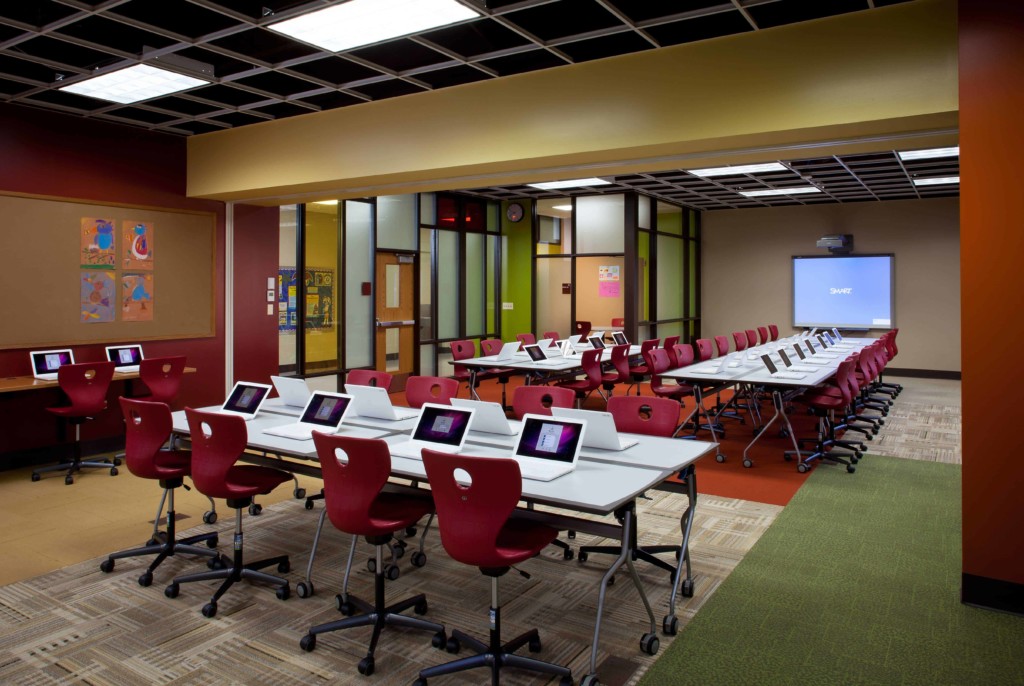 These flexible learning spaces featured rolling tables and chairs so teachers can easily arrange groupings, as much natural light and open glass areas as possible and small break-out areas. The TILEs were designed to incorporate critical thinking, communication, collaboration and creativity in all activities. For example, they allow for an easy transition from independent work, such as research on a topic, to working in a team to plan a presentation, to an open space where individuals or teams can present to their peers.
These flexible learning spaces featured rolling tables and chairs so teachers can easily arrange groupings, as much natural light and open glass areas as possible and small break-out areas. The TILEs were designed to incorporate critical thinking, communication, collaboration and creativity in all activities. For example, they allow for an easy transition from independent work, such as research on a topic, to working in a team to plan a presentation, to an open space where individuals or teams can present to their peers.
The goal was to create the TILE spaces within, connected to or as near as possible to our Media Centers, to naturally connect spaces as teachers and students read, research, collaborate and create with print and digital materials, laptops, iPads or whatever technology comes next.
With the TILES spaces’ open design and movable furniture, small groups of students, entire classes or more than one class at a time can use the spaces daily. Along with the flexibility of open space, the TILE spaces offer specific tools that are not available for space and budget reasons in all classrooms: 3D printers, SMART boards, Apple TVs, green screens, video cameras and editing materials.
How the Spaces Inspire Learning
I recently witnessed teachers and students working in small teams to code mini robots, with a whole-group robot “dance off” in the center of the room as the culminating activity. In another TILE space, the LMC specialist and classroom teacher were co-teaching a lesson on 3D programming, so students were progressing through a digital tutorial on their own, then moving to work in small teams to design a product to print on a 3D printer and share with other classrooms of students.
Another lesson involved students researching landmarks in Chicago as part of their Communities/Chicago unit, then working with a partner to create a news report or infomercial about their landmark. Once students created their text t, they filmed themselves with a green screen in the TILE space and shared their work with the school and their families.
Our TILE spaces grow and change each year as new thinking, new technology and new instructional priorities develop. Students are excited to work in the spaces because they provide opportunities to do something innovative, challenging, new, fun and collaborative. As we continue providing professional development to administrators and teachers, we see more innovative and risk-taking practices occurring in the spaces.
Digital Learning Moves Lessons Beyond the Classroom
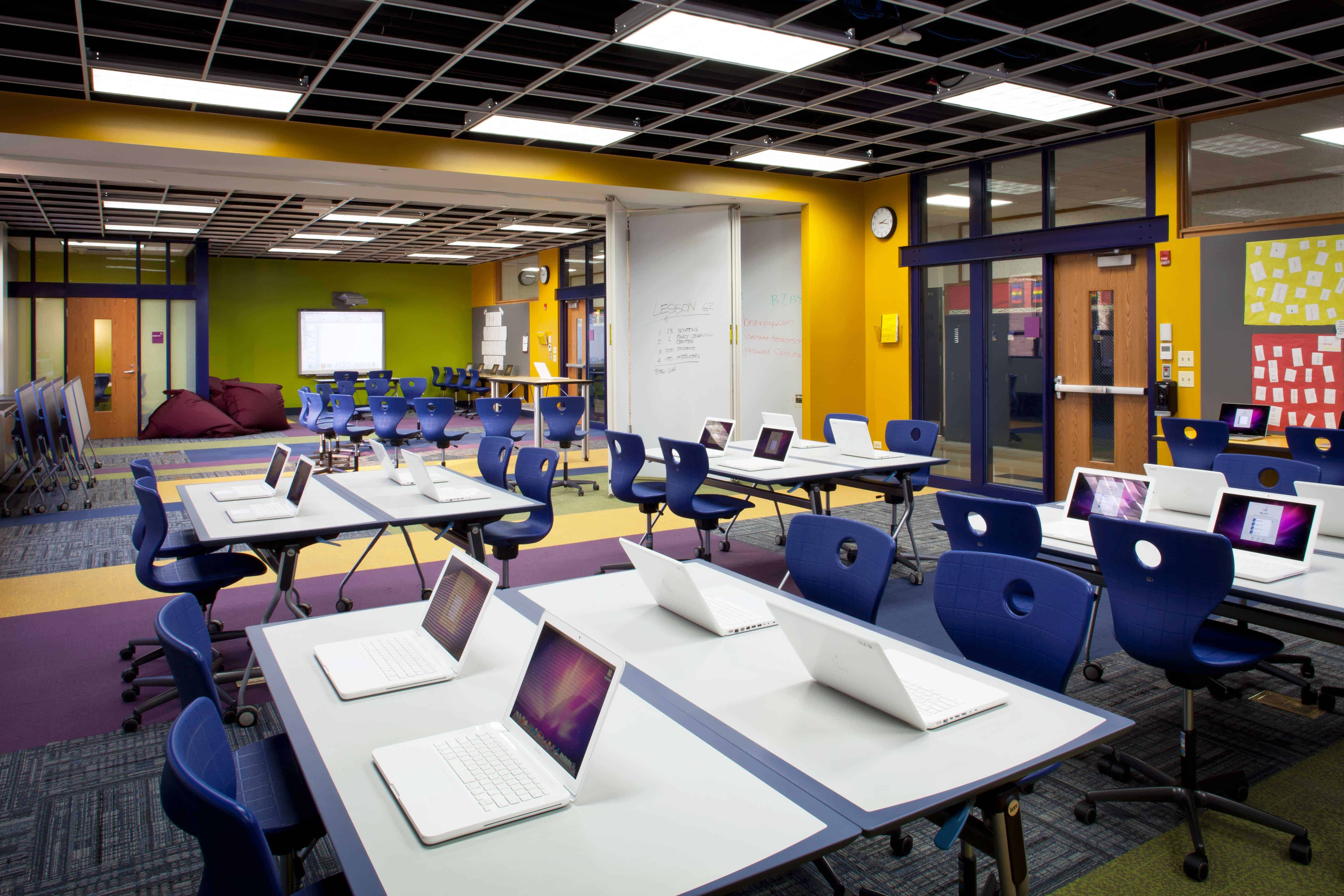 But our spaces are not the only part of our ongoing digital transformation. One of our goals is preparing students for a technology-rich future, so we also provide increasing opportunities for students to engage with digital content in reading, math, social studies and science.
But our spaces are not the only part of our ongoing digital transformation. One of our goals is preparing students for a technology-rich future, so we also provide increasing opportunities for students to engage with digital content in reading, math, social studies and science.
Digital learning is mission-critical because digital literacy and digital collaboration don’t come naturally. Writing digitally is not the same as using Facebook or Snapchat. To prepare our students for middle school, high school, college and beyond, we use myON’s personalized literacy environment for our entire district.
myON embeds the practice of digital literacy and the technology skills students need for the PARCC assessment into authentic literacy opportunities.
Like the TILE spaces, our digital curriculum is flexible and helps us personalize students’ education through technology. Students have 24/7 access to texts, so they can work in class, at home or on the bus. Next year we expect to see improvement on our PARCC assessments, and I attribute part of that growth to myON and our TILE spaces.
Next Steps for Interested Districts
For other districts looking to build their classrooms of the future, I would recommend:
- Creating Fluid and Open Spaces. This allows for continual revisions of the learning environment. For example, as we create green-screen spaces in our TILEs, we are creating temporary mountings, so that the space continues to be easy to change.
- Providing Built-In Support. Plan the space to be in close proximity to the Media Center and any Media Center staff so that collaboration, co-planning and co-teaching is an option.
- Incorporating Professional Development. Devices and tools are wonderful, but they can’t deliver meaningful learning and experiences without professional development for teachers that aligns tools with the desired educational outcome.
For more, see:
- Library 2.0: Center of Innovation at Singapore American School
- 1 World Network Supports Transformational Schools Worldwide
- Getting Smart Podcast | Horace Mann Elementary: Where A Shared Pedagogy Vision Informs Design Principles
Dr. Jan Rashid is the Assistant Superintendent for Instructional Services at Des Plaines School District 62 and a former principal. Follow her on Twitter: @DrJanRashid.
Stay in-the-know with all things EdTech and innovations in learning by signing up to receive the weekly Smart Update.

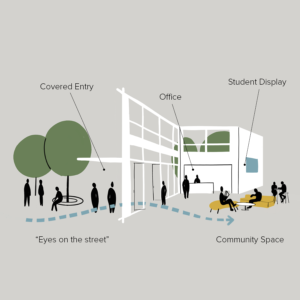
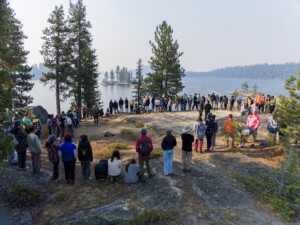
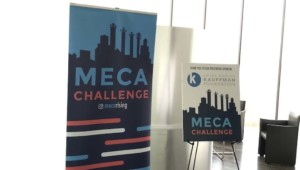
0 Comments
Leave a Comment
Your email address will not be published. All fields are required.